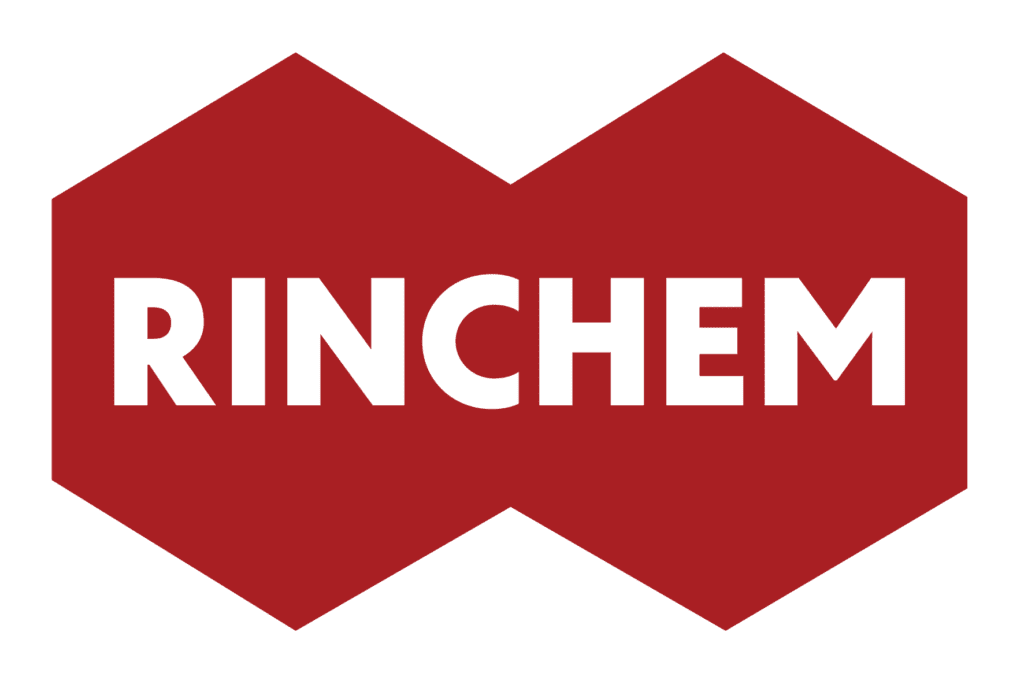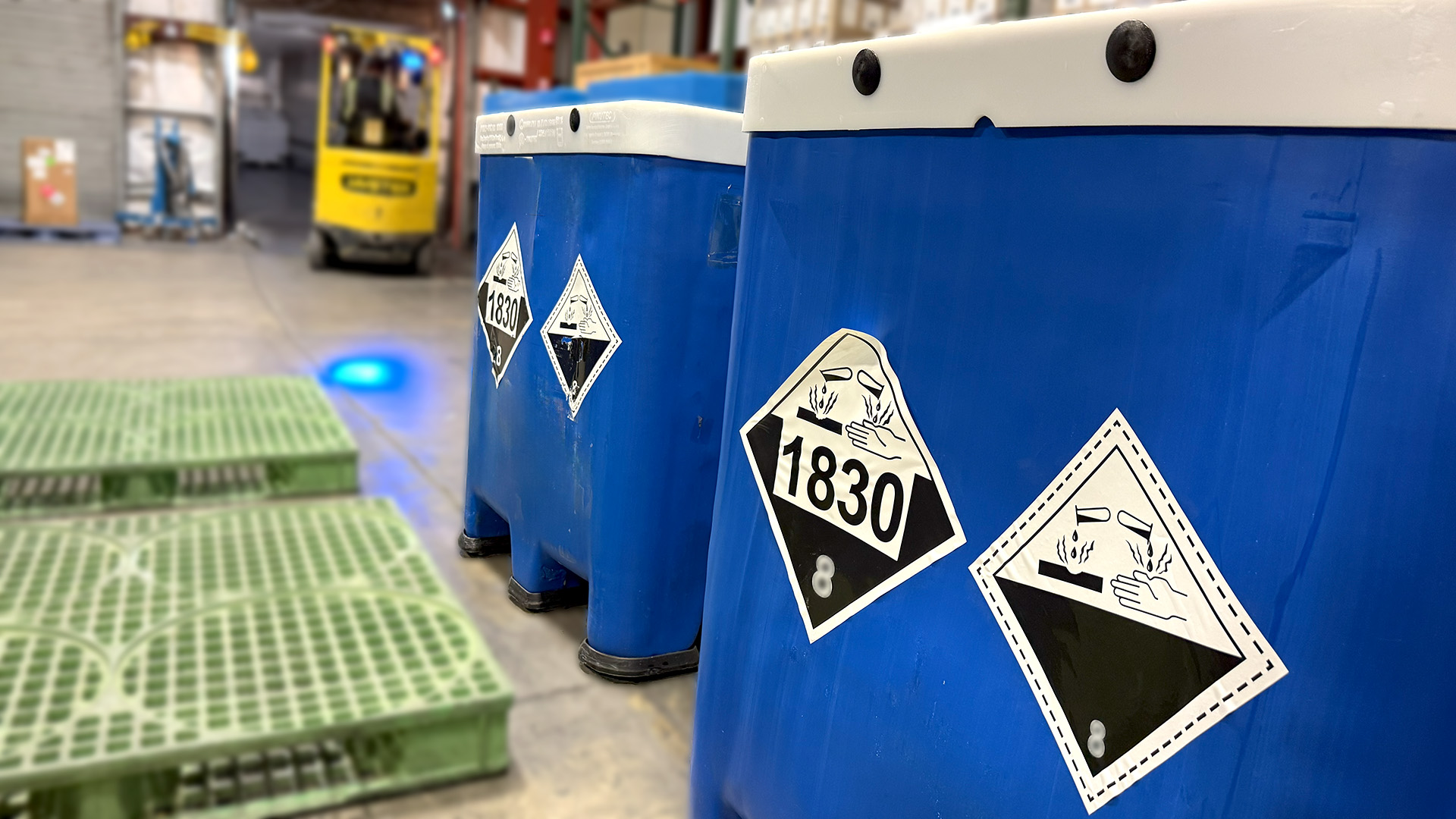How Rinchem Protected our Chemical Supply Chain
The Challenge
Proactive Planning: Increasing Inventory by 40%
One of the most impactful moves Rinchem made was to boost inventory levels by more than 40% at a particular Rinchem warehouse before the strike was set to occur. This isn't about stockpiling; it is the result of detailed forecasting and close collaboration with internal and external teams, including local buyers and key suppliers. Our teams focus on analyzing consumption trends and identifying vulnerabilities, which enables more resilient planning.
Success comes from working with our stakeholders and suppliers—not just reacting to issues, but anticipating them.
Coordinating Under Pressure
During the strike, Rinchem held daily coordination meetings with critical suppliers, such as those handling gaseous materials. We utilize these meetings to maintain visibility, agility, and control when unpredictable situations arise.
The strike also highlighted areas for improvement within Rinchem. For example, it is critical to collaborate with suppliers to ensure we receive essential information in a timely manner, like Advanced Shipping Notices (ASNs). Without this information, it becomes difficult to plan storage and logistics effectively. While we request ASNs 7–10 days in advance, adherence varied significantly by supplier. Strengthening this process will enhance our ability to respond quickly and maintain supply chain resilience during future disruptions.
Strengthening Communication and Internal Alignment
Rinchem’s initial inventory response (Phase I) and early communications proved to be successful, which was part of a broader, intentional strategy to reinforce internal coordination and responsiveness. In situations like the ILA strike, our team works to proactively assess areas requiring greater clarity, particularly around sensitive tactics and cross-functional alignment, and acts to address them.
By prioritizing visibility and transparency, we ensure that every stakeholder has a clear understanding not only of the plan itself but also its rationale, key decision points, and potential implications. This deliberate approach fosters confidence, strengthens collaboration, and enables timely, informed approvals.

Improving Resilience for the Future
This event reminds us of the fragility of single-source suppliers and the challenges in rerouting materials that aren’t air-freight capable. In response, Rinchem recommends performing ABC Product analyses and establishing formal Business Continuity Plans (BCPs) for A-Category products, detailing alternate lanes, cost impacts, timelines, and required approvals.
Key initiatives include:
- Creating a material risk matrix to track transit lead times, sourcing, freight options, and documentation risks.
- Establishing defined consolidation points (CPs) across the U.S., with updated specs and capabilities.
- Introducing a strike and disruption task force, led by a designated Rinchem Advocate, to respond swiftly to high-risk events.
Outcome: Keep Shipments Moving
Through coordinated efforts across Rinchem’s internal teams and suppliers, we can maintain the movement of critical shipments with minimal disruption. Our quick decision-making, robust communication, and proactive planning minimize downtime risk for high-value operations.
Conclusion
When the stakes are high, Rinchem delivers stability and control. This case study illustrates how we go beyond logistics—bringing deep chemical supply chain knowledge, agility in crisis, and a relentless focus on avoiding disruption.
Whether it’s a strike, a storm, or another unexpected event, Rinchem stands ready—not just with contingency plans, but with the right people and processes to execute them.
Get more articles like this in your inbox
Sign up for our monthly newsletter
Find more articles



